Investors to Remain Disciplined in 2017
Avison Young's John Kevill exclusively discusses the key factors influencing the capital markets in 2016, and how they will impact investor decisions next year.
By Alexandra Pacurar
Washington, D.C.—Much economic and political uncertainty built up in 2016, namely due to the results of the Brexit vote and the U.S. presidential election, bringing an attitude of caution to the real estate industry that will likely continue in 2017. Investors will increasingly be looking for safe bets as they focus on key metrics such as current cash flow and competitive advantages at the asset level. They will also be watching the capital markets closely, as well as any policy decisions that could impact them. Commercial Property Executive spoke with John Kevill, principal & managing director of U.S. capital markets in Avison Young’s Washington, D.C., office, about the main events influencing the capital markets in the past year and what to expect in 2017.
CPE: How would you describe the capital markets environment in the U.S. this year, and how do you think it will be similar or different in 2017?
Kevill: To me, 2016 was the year of the “story.” If a property or deal wasn’t clearly a core property or a clear value-add deal, investors needed some sort of story in order to have conviction. I think that was driven to a large extent by the fear that we’re becoming “late in the cycle.” Many investors are worried about making macro bets. Instead, they need deals to have something special—that could be a particular amenity that differentiates it, a product type that is not subject to the cycles as much (last-mile industrial, self-storage, student housing, etc.) or simply a micro market or location that provides a perceived competitive advantage. There is no question that bid lists have gotten shorter on deals, and the herd mentality that many once felt in the market is less prevalent.
CPE: What are the main events or factors (national and international) that have impacted the capital markets in 2016?
Kevill: Obviously, the two largest events of the year were Brexit and the U.S. presidential election. The long-term effects of both are still playing out, but it feels like Brexit has highlighted the fact that the U.S. is essentially the world’s core market. We have seen a steady influx of capital looking to invest in the U.S., amplifying the effects of the changes to FIRPTA (Foreign Investment in Real Property Tax Act) that occurred in late 2015. As far as the election goes, my view is that many investors simply have been waiting on the sidelines for clarity because the potential effects of a Trump administration versus a Clinton administration are so wildly different.
CPE: Which one of the two events was most prominent?
Kevill: To me, the biggest was clearly the presidential election. All of the effects have yet to play out, but there is no question investors are keeping a sharp eye out for any major initiatives that may affect certain markets.
CPE: Earlier predictions labeled 2017 as a “window year,” with many adjustments taking place (starting with the new administration and potentially new or modified regulations). How do you think these changes will influence the capital markets in 2017?
Kevill: My view is that tepid global economic growth will fuel more interest in investment in the U.S., but that interest will have less urgency than in previous years. That being said, this steady stream of offshore capital is systematically becoming better advised and is better prepared to make investments in product that looks a lot like the product they invest in at home. Expect more offshore investment in mixed-use projects, alternative property types and secondary markets, especially where the risks can be clearly identified. As far as the election goes, my view generally is that a Trump administration should be good for commercial real estate, as he ran on a platform of economic growth. It’s important to note, however, that some of his policies may well fuel volatility—so investors who are transacting need to be prepared for a potentially wild ride at any given time.
CPE: Do you think we will continue to see a slowdown in the CMBS market (potentially due to the risk retention rules taking effect later this month)?
Kevill: To me, the big CMBS story of 2017 is the wave of maturities we are looking at for 2017. Vintage loans from 2007 are coming due—and in a big way. We are watching these closely, particularly as it relates to retail, hotel and suburban office. We’ve seen a dramatic change in how those properties are being used in many instances. That makes incremental equity investment not worthwhile at the asset level, which will lead to significant sale activity. Buried in this activity will be some significant opportunities.
As far as volume goes, I don’t consider myself an expert in the space, but 2016 volume was off about 30 percent, largely due to market volatility. Despite the nearly $90 billion of CMBS maturities, the combination of maturity defaults, alternative financing sources and continued market volatility will likely hold volume to about the same or a little less year over year.
CPE: Do you think we’ll see more growth or opportunities for alternative lenders in 2017?
Kevill: I believe so. One of the big stories of 2016 was the tremendous amount of capital that debt funds continued to raise, as well as institutional and offshore investors seeking to put out large amounts of preferred equity and mezzanine debt at historically aggressive rates. That trend appears to be here for the foreseeable future, as institutions in particular are looking for reliable income and higher yield in what is generally a low-return environment for institutional-grade properties.
CPE: Following a tighter lending environment this year, do you think real estate investors can expect the availability of capital to be as disciplined in 2017? What should real estate investors look out for next year?
Kevill: I think investors will remain disciplined in 2017, much as they have in 2016. Certainly some will take outsize risks, as is always the case, but from a general standpoint we will see them focus on key metrics—current cash flow, discount-to-replacement cost and competitive advantages at the asset level. Though they will certainly be conscious of leveraged yields, unleveraged return metrics will rule the day.
Generally, real estate investors need to be thinking about how to capitalize on some of the larger economic trends affecting business. Economists seem to generally agree that we will grow slowly over the next few years. That being said, there will be real winners and losers. The true core assets will perform as advertised and will represent good risk-adjusted returns for capital seeking safe yields. Investors will also be best served to take a deep dive into the micro market they are investing in, looking at amenities, traffic patterns, mass transportation and nearby housing, among other things.

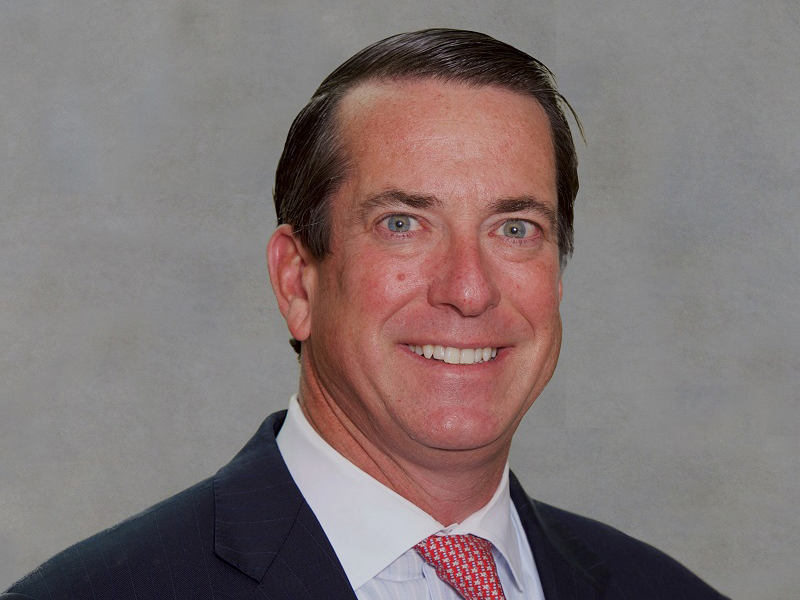
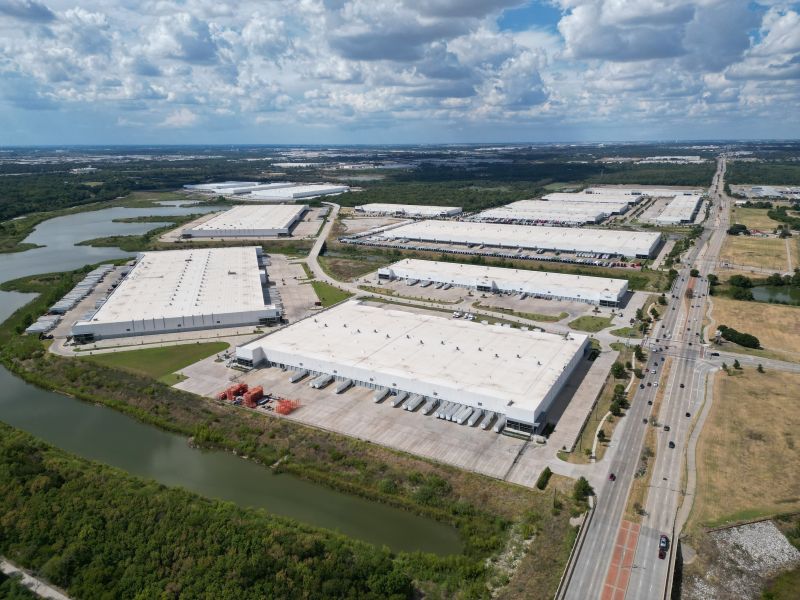

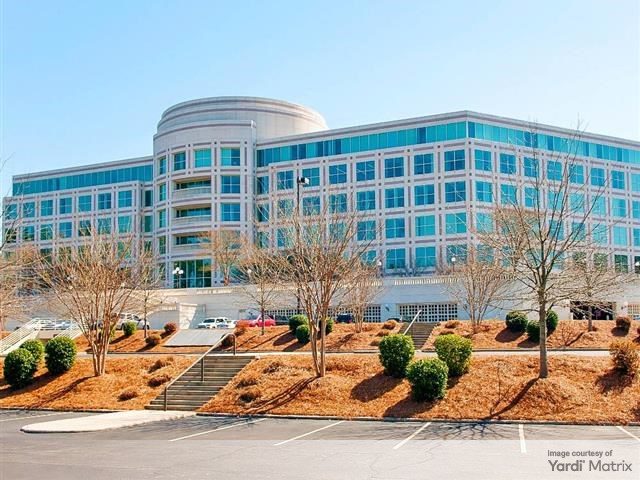
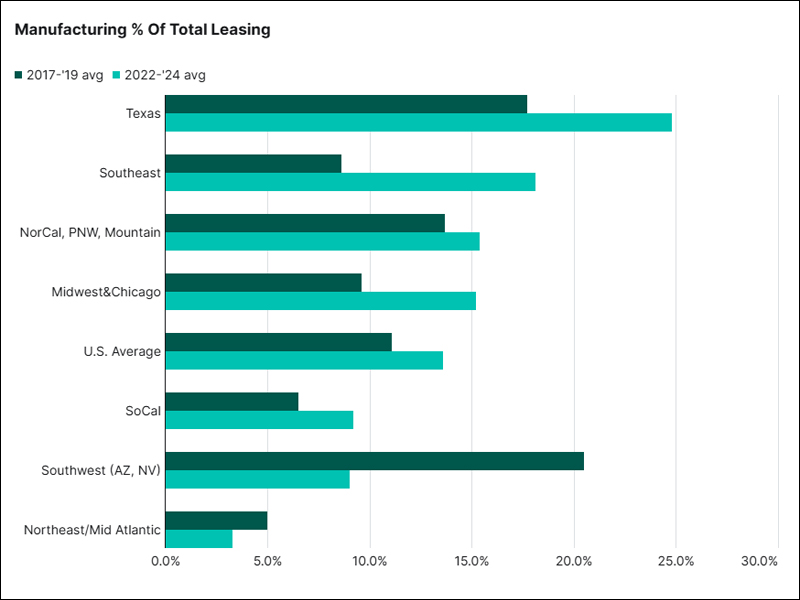
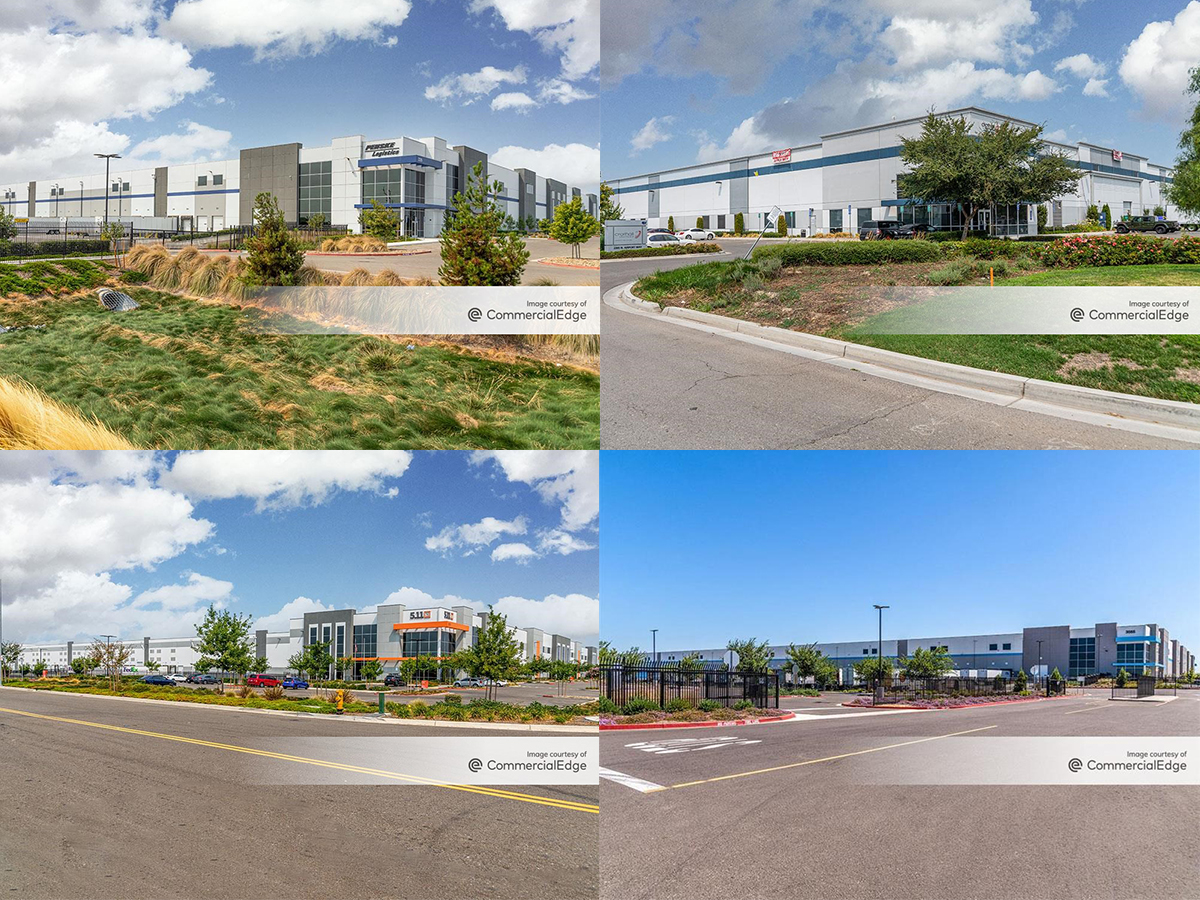
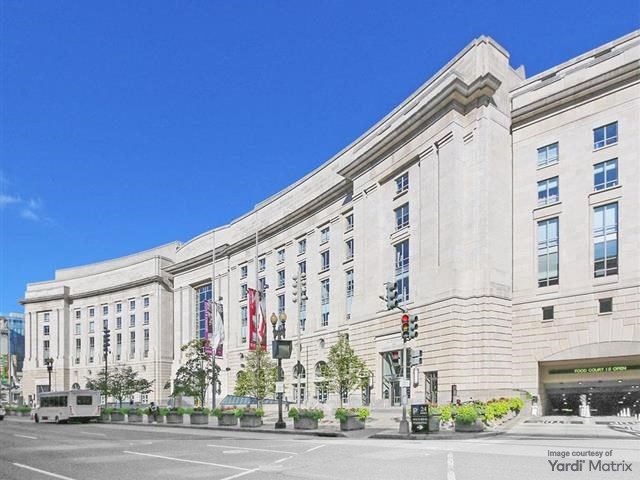
You must be logged in to post a comment.